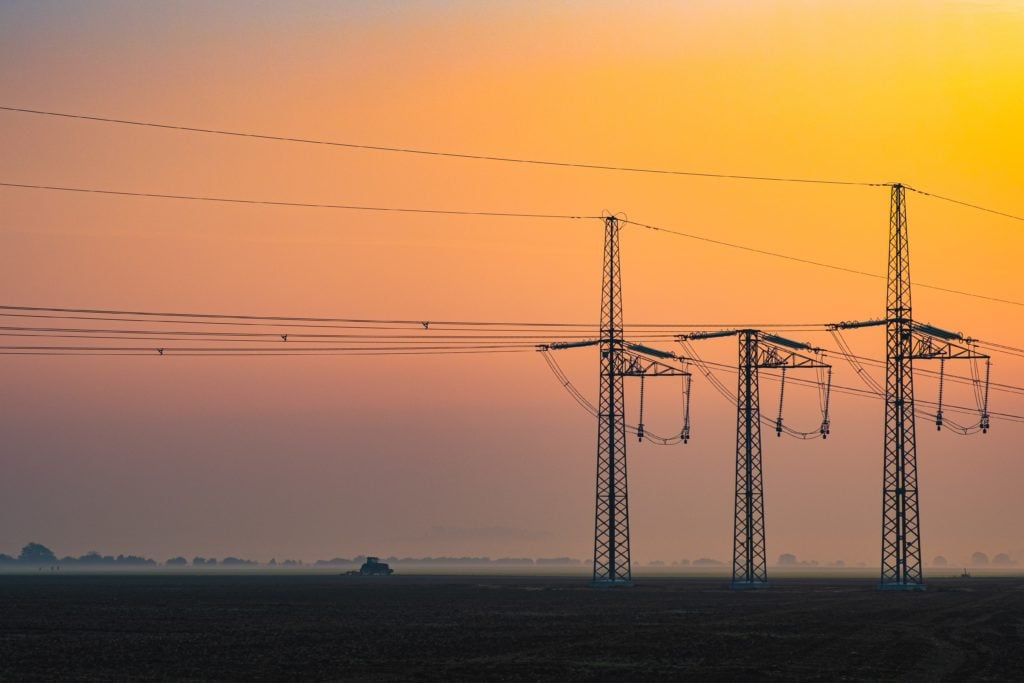
The US Department of Energy (DOE) has launched an initiative to ease the US’ massive interconnection queues, reduce wait times and lower grid connection costs as it strives to unlock the huge amount of bulk power currently sat dormant in the US.
Launched yesterday, the Interconnection Innovation e-Xchange (i2X) is a partnership backed by US$3 million from President Biden’s Bipartisan Infrastructure Law that brings together an eclectic range of partners to come up with ways to “connect more clean energy to America’s power grid by solving challenges facing the power industry”.
Unlock unlimited access for 12 whole months of distinctive global analysis
Photovoltaics International is now included.
- Regular insight and analysis of the industry’s biggest developments
- In-depth interviews with the industry’s leading figures
- Unlimited digital access to the PV Tech Power journal catalogue
- Unlimited digital access to the Photovoltaics International journal catalogue
- Access to more than 1,000 technical papers
- Discounts on Solar Media’s portfolio of events, in-person and virtual
Or continue reading this article for free
Speaking at the launch event, US Secretary of Energy Jennifer Granholm said solving the nation’s interconnection problem was critical to achieving the Biden administration’s climate goals given that 14,000GW of bulk power was currently sitting in the queue, of which half (7,000GW) was solar PV.
Connecting these resources to the grid is enough for the US to hit its target of 80% clean power by 2030 but a lot more work is needed to accommodate them, said Granholm, who added that Biden’s decision on Monday to sign an executive order with big consequences for solar would result in even more clean energy projects being developed, a sentiment echoed by developers.
As such, i2X will address the core issues surrounding grid connection through its ‘four pillars of support’, which are increasing stakeholder engagement, having better and more transparent data, developing a five-year strategic roadmap “so we’re all rowing in the same direction” and providing technical assistance to partners.
i2X’s mission statement is “to enable the simpler, faster and fairer interconnection of solar and wind energy resources while boosting reliability, resiliency and security of our electrical grid”.
“This is a once in a generation opportunity to make interconnection bottlenecks a thing of the past,” Granholm said in brief remarks at the launch.
And the case for addressing these bottlenecks is enormous. In April, a Lawrence Berkeley National Laboratory (LBNL) analysis showed there was almost 1TW of renewable energy capacity and an estimated 427GW of storage active in US interconnection queues at the end of 2021, with wait times growing year-on-year and solar PV experiencing particularly long queues.
Indeed, a subsequent presentation at yesterday’s event by grid integration engineer Cindy Bothwell showed how the median number of months from an interconnection request to commercial operations date (COD) for solar had risen from around 10 months in 2010 to almost 60 in 2020.
Granholm urged clean energy organisations to sign up to the partnership, which, as of yesterday afternoon, had seen 193 organisations already join. Potential partners range from grid operators, utilities, state and tribal governments, clean energy developers, energy justice organisations and other stakeholders, said the DOE.
“Funding in the President’s Bipartisan Infrastructure Law will help DOE and our National Labs build a coalition of problem solvers to tackle interconnection issues, ensure grid reliability and develop equitable solutions for all communities,” Granholm said in a media statement.







